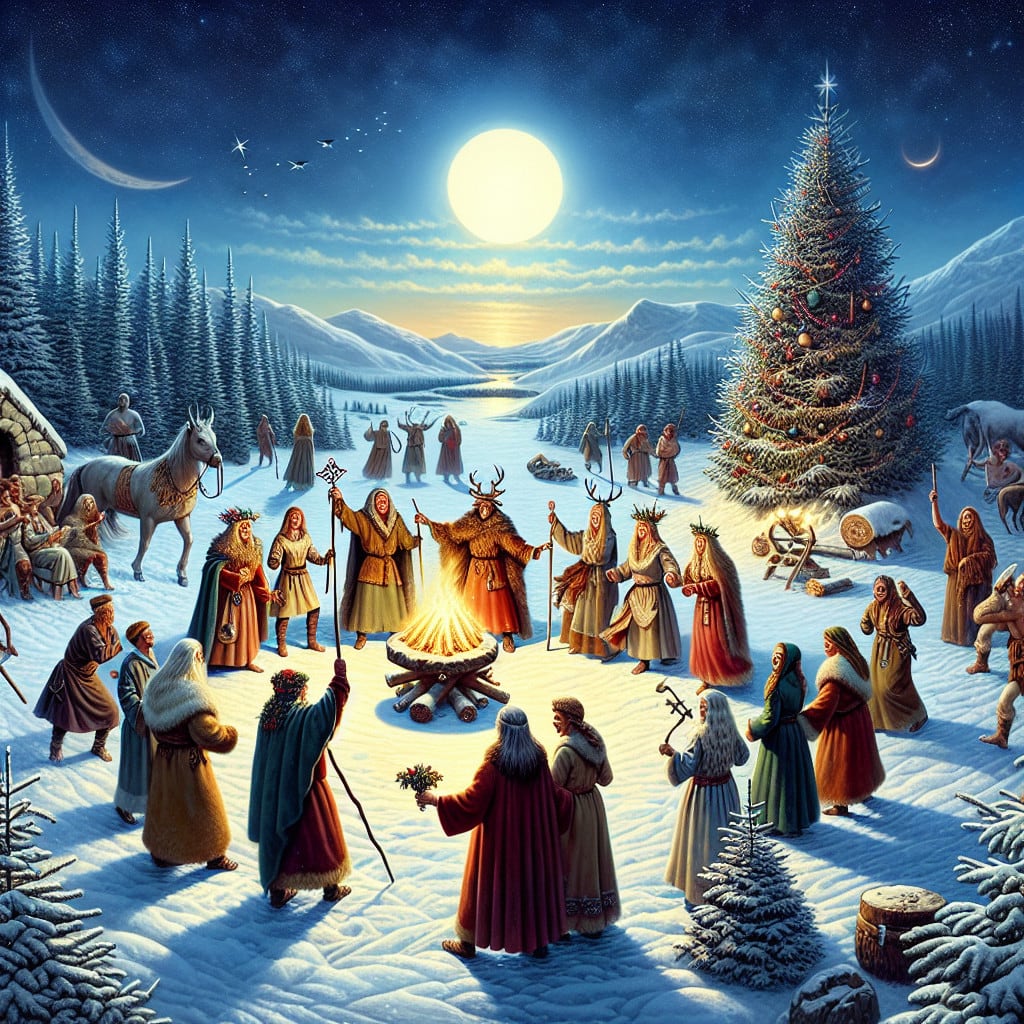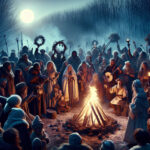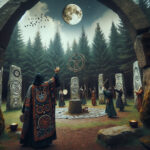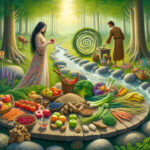The Christmas holiday has been celebrated around the world for centuries, but many people do not know its pagan roots. Before Christianity, many ancient cultures celebrated winter solstice festivals and other rituals during this time of year. In this article, we will explore the pagan roots of Christmas, examining how the traditions and rituals of these ancient cultures are still celebrated during the holiday season.
Christmas is a widely celebrated holiday that has its roots in ancient paganism. From the Yule log to the Christmas tree, many of the customs associated with the holiday have pagan origins. This article will explore the pagan roots of Christmas and explain how these traditions have been adapted over the centuries.
The Winter Solstice
The winter solstice is the shortest day of the year and marks the beginning of winter in the Northern Hemisphere. For many ancient cultures, the winter solstice was a time of celebration, a time to mark the return of the sun and the promise of longer days to come.
In Norse mythology, the winter solstice was known as Yule and was celebrated with feasts, bonfires, and gift-giving. The Yule log was burned as a symbol of the returning sun and its light and warmth.
The Pagan Festival of Saturnalia
The ancient Roman festival of Saturnalia was another pagan tradition that has been adapted into the modern Christmas celebration. Saturnalia was a week-long festival honoring the god Saturn that was celebrated in December.
During the festival, homes were decorated with evergreen boughs and branches, a tradition that has been adapted for the modern Christmas tree. Additionally, the exchanging of gifts was a common practice during Saturnalia and is the origin of the Christmas gift-giving tradition.
The Pagan God Mithras
The ancient Roman god Mithras was worshipped by many in the Roman Empire and is believed to be the source of the Christmas celebration. According to some scholars, the winter solstice was seen as a time of rebirth for Mithras and was celebrated with feasts and gift-giving.
Mithras was often represented as a bull-slayer and his cult followers celebrated his death and rebirth each year at the winter solstice. This may be the origin of the Christmas tradition of the nativity scene, which shows the birth of Jesus as a symbol of rebirth and hope.
Conclusion
Christmas is a holiday that has its roots in ancient paganism. From the winter solstice to the festival of Saturnalia, many of the customs and traditions associated with the holiday have pagan origins. The god Mithras is also believed to have been the source of many of the Christmas traditions, including the nativity scene and the exchanging of gifts.
Over the centuries, these pagan traditions have been adapted and incorporated into the modern Christmas celebration. As we celebrate Christmas this year, it is important to remember the ancient roots of the holiday and the way in which these traditions have been adapted over time.
In conclusion, the Pagan roots of Christmas are undeniable and have had a lasting influence on the holiday we celebrate today. Despite the fact that Christmas has been adopted and adapted by many different cultures and religions, its roots remain firmly in the pagan traditions of the winter solstice. The incorporation of pagan elements into the Christmas holiday is a reminder of the importance of understanding and respecting different cultures and beliefs. By acknowledging and celebrating the Pagan roots of Christmas, we are able to better appreciate the diversity of the holiday and its impact on our lives.





